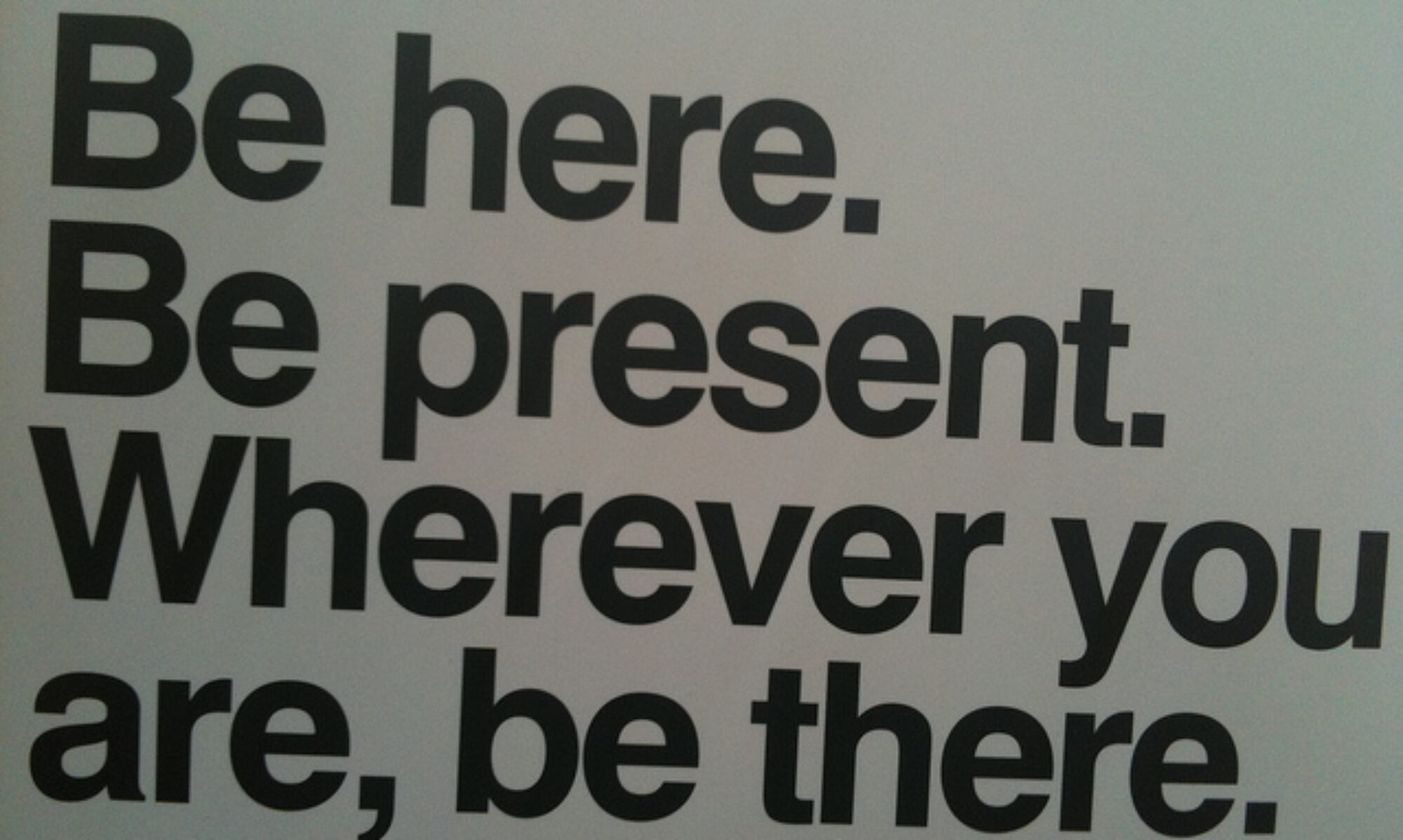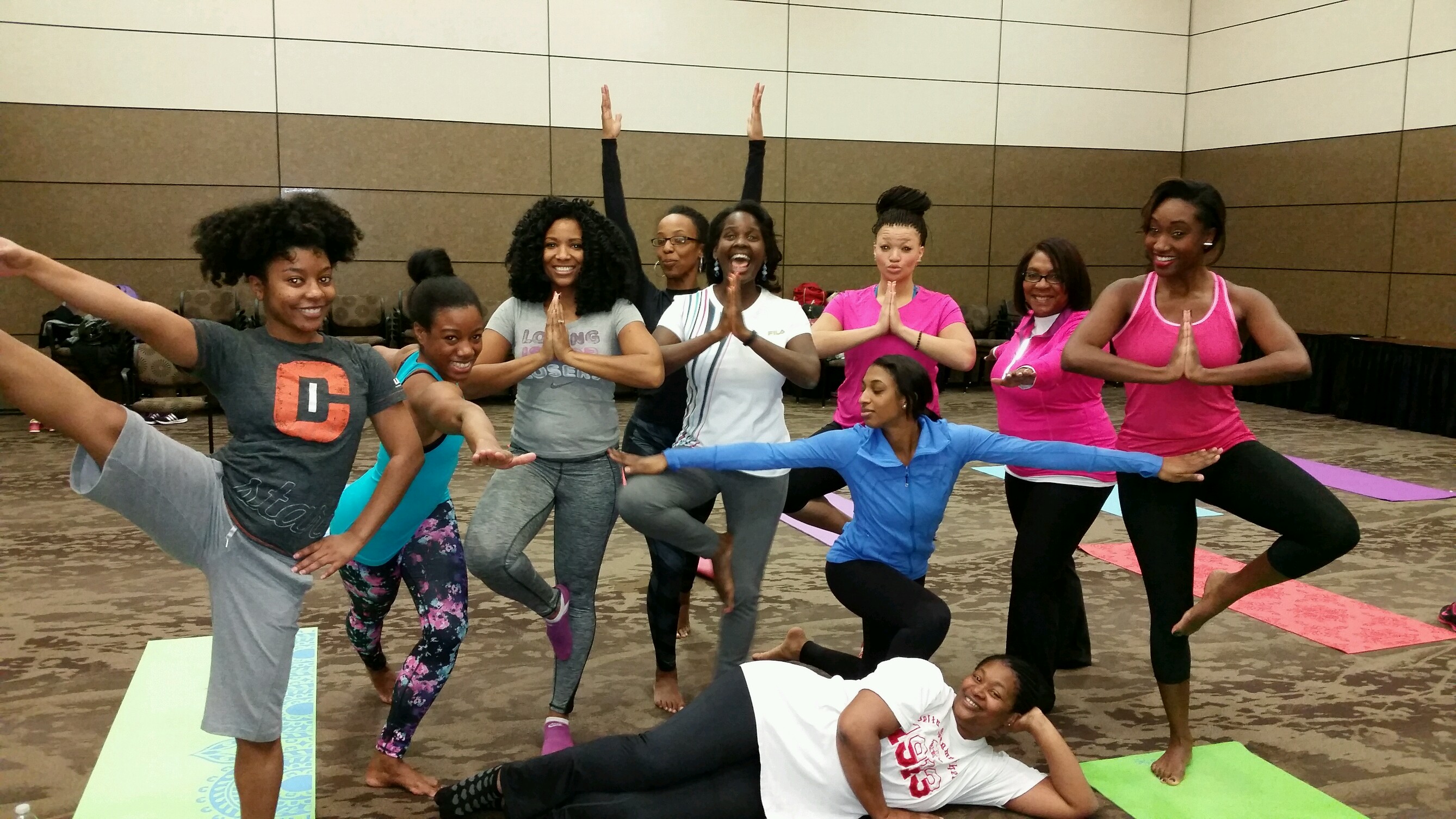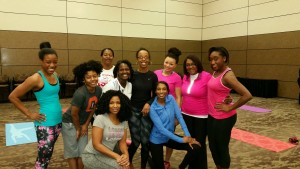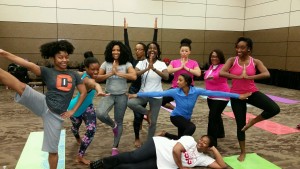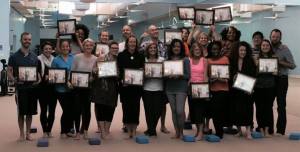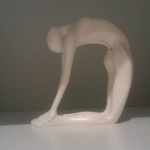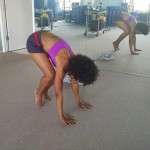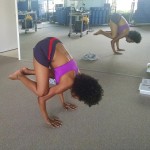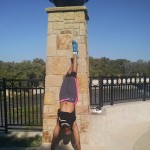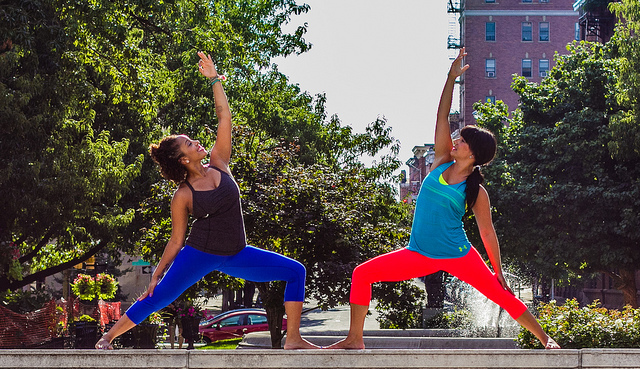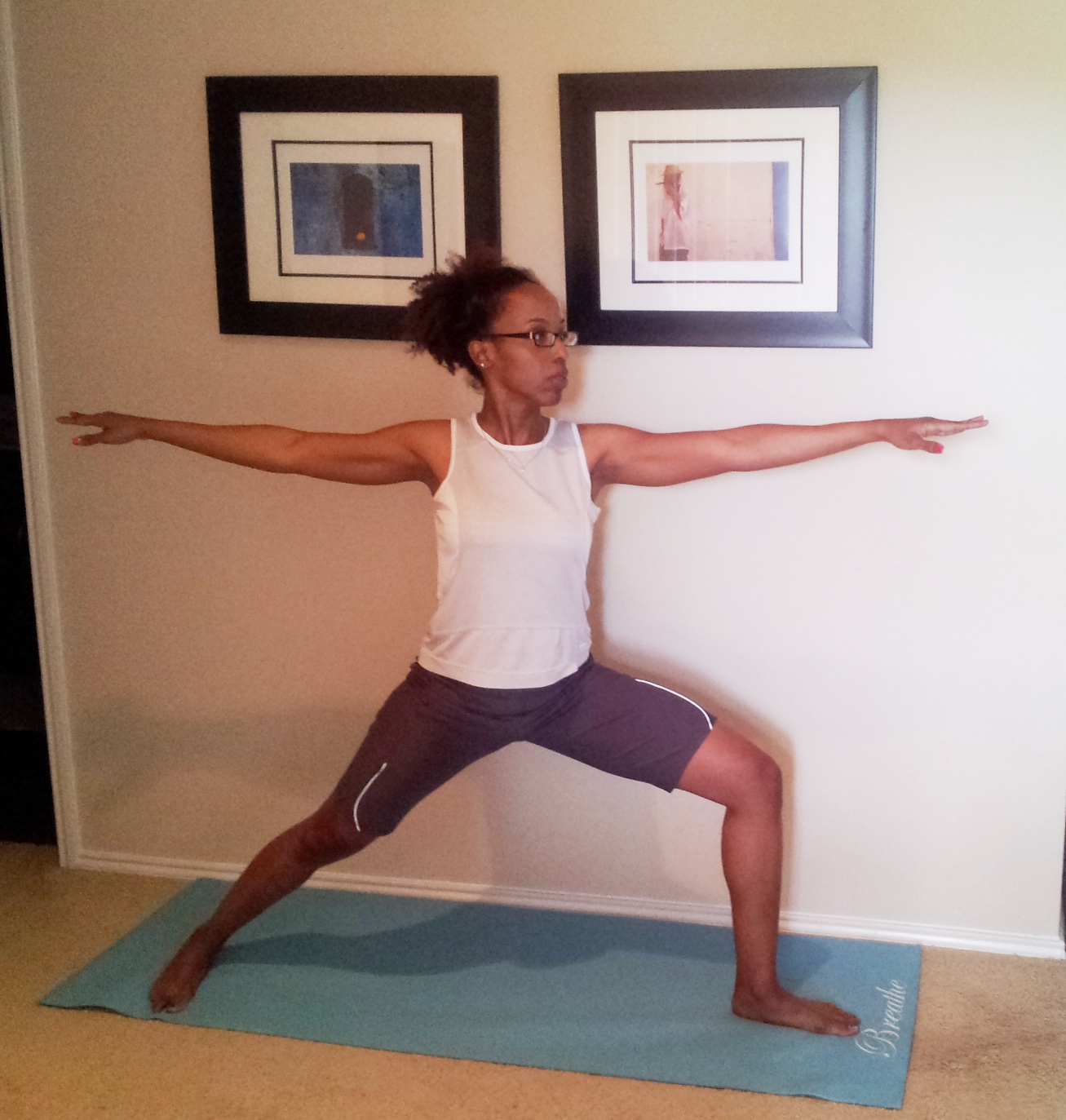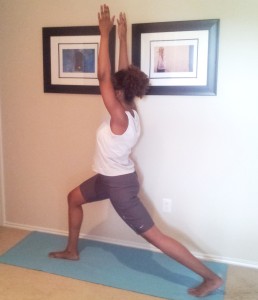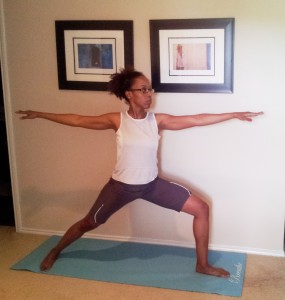When I began practicing yoga, I threw myself into it with the zeal of a neophyte. Much like other fitness-minded folks, I wanted to be the best: stretch the furthest, hold the pose the longest and generally be awesome. Instead of looking building and using strength in my practice, I relied on flexibility in my joints to get me into postures.
Post-training, after learning about prime movers – muscles that create the movement – and the proper alignment in many common postures – I approached my practice in a new way: using proprioception.
Proprioception is “the sense of the relative position of neighboring parts of the body and strength of effort being employed in movement.” In many yoga postures, you’ll need to be aware of specific body parts, from head to toe. For example, when in Warrior 1, you have to be aware of the following for your back leg:
- outside edge of the foot pressing down,
- hip rotating forward as you bring the hips square to the front,
- and the muscles on the front of the thigh engaged to resist the urge to rely on flexibility to bring the front thigh to parallel.
Keeping awareness of these actions can take the mind away from centering. Through proprioception, you begin to sense that your hips are open to the side, rather than the front, and that your inner thighs aren’t working to keep you lifted.
Awareness of oneself, both physical and mental, takes a yoga practice from level 1 to level 10. Use these three tips the next time you’re on the mat.
- Take an assessment of your body. Use a mirror, and if there isn’t one nearby, use your mind to scan your body from head to toe. Has your knee gone over your toe in Bent Knee Triangle? Is one side of your body pulling forward in Twisted Chair pose? Make adjustments as necessary.
- Are your muscles engaged or are you relying on the body’s natural flexibility? Sure, you can balance in Half Moon, but it’s more powerful to use your obliques to stay lifted than to collapse and use the floor for stabilization.
- Back out of it. Part of honoring your body, day to day, is recognizing that maybe you’re not there yet. I had that experience with Standing Forehead to Knee. I just knew that I could get my head to my knee. I tried it several times, and had to accept that I had a death grip on my foot in an effort to extend the bent leg, compromising the goal of the posture.
Be fully engaged, listening to your body and honoring where it is. Until the next post, Namaste.
